Pleiku ( Gia Lai province), a charming but equally dynamic city, attracts tourists with its unique cultural features.
I was born and raised in Gia Lai, a land of red basalt full of sunshine and wind. When I was young, I used to wish I could go to another land to live, to change the way of life that was always gentle, slow and boring. But when I grew up, went to many big cities, every day squeezed into the crowded, dusty and sweaty crowd, I suddenly loved the land where I was born even more.
Gia Lai is characterized by four seasons in a day, with a large temperature difference between day and night, so poet Vu Huu Dinh once exclaimed, "Here, it's winter all year round in the afternoon", with small streets that "take you a few minutes to get back to the old place", but "the streets are not far away, so the streets are intimate".
The climate is mild, with two seasons a year, rainy and sunny. My friends, every time they come to Gia Lai, say that the place where I live is a great place to “escape the heat”. In Gia Lai, the summer is long with rain, and the weather is always cool, although sometimes I do not like the rain that lasts for a whole month like that.
Gia Lai is not a modern city, Gia Lai attracts tourists by its peaceful and somewhat wild landscapes. And Bien Ho - the blue "eye", located in the middle of the green pine forest (now belongs to Bien Ho ward), is a special highlight of Pleiku, known to many people through the song "Pleiku Eyes" by musician Nguyen Cuong.
Bien Ho is also known as To Nueng Lake or Ea Nueng Lake, in the local language, meaning "sea on the mountain". Bien Ho is actually three ancient volcanoes connected to each other. The lake shore is the high volcanic crater surrounding it. The area of Bien Ho is 240 hectares, it is the largest natural lake in the area - providing fresh water for all wards of Pleiku, with a valuable ecosystem, with the presence of many species of birds such as black cuckoos, kơ vông birds, kơ túc, le le, wild ducks, ... and many diverse species of freshwater fish, including the long-bodied carp with a golden color, a rare species that is not always easy to find.
In addition to its role in providing fresh water, Bien Ho is also an attractive eco- tourism destination, attracting visitors by its wild beauty, fresh and cool air. This place is also part of the complex "Bien Ho - Chu Dang Ya Eco-tourism Park", recognized as a National Tourist Area on January 22, 2013.
My sister took me to visit Bien Ho when I was very young. The 10 km distance by bicycle back then was very long. Although the road had many potholes that bounced us off, we could not contain our excitement. In the 1990s, Bien Ho was still very wild, covered with wild sunflowers. When the flowers were in season, the whole hill range was as bright yellow as a silk scarf. I remember, my sister and her friends, uncles and aunts planted small pine trees along the two paths leading to Bien Ho. At that time, I was very small, just trotting along, breathing in the cool air.
I like the Hexagonal house overlooking the Turtle Head Tower area in the Bien Ho area. Standing in the Hexagonal house, you can see the whole Bien Ho. Especially at sunset, the surrounding Bien Ho is dyed a golden color, reflected by the water surface, creating a poetic and mysterious beauty. The old pine trees have now grown, and many more pine trees have been planted along the way down to the Bien Ho, creating a unique beauty and the air is always cool. Until now, I still often go to Bien Ho to watch the brilliant sunset, immerse myself in the quiet space, to calm my soul after long tiring days.
Today, Bien Ho has a new, more beautiful and mysterious appearance, but sometimes I remember a wild Bien Ho, where I was still a seven-year-old girl running around in the sun, in the wind, under the golden sunset of the past...
Source: https://baolamdong.vn/bien-tren-nui-o-pleiku-391676.html





![[Photo] General Secretary To Lam attends the 8th Congress of the Central Public Security Party Committee](https://vphoto.vietnam.vn/thumb/1200x675/vietnam/resource/IMAGE/2025/10/4/79fadf490f674dc483794f2d955f6045)
![[Photo] Solemn opening of the 8th Congress of the Central Public Security Party Committee, term 2025-2030](https://vphoto.vietnam.vn/thumb/1200x675/vietnam/resource/IMAGE/2025/10/4/f3b00fb779f44979809441a4dac5c7df)



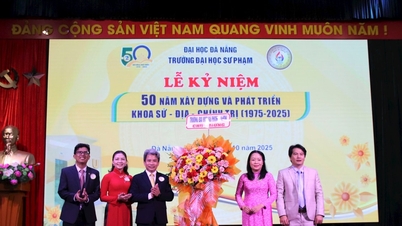

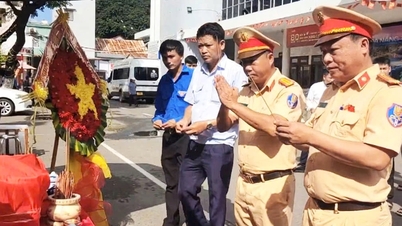
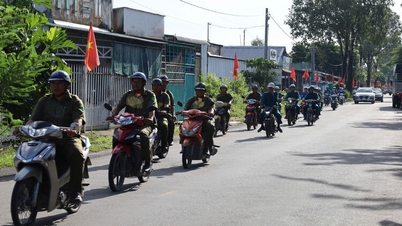

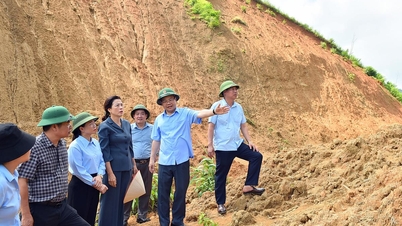

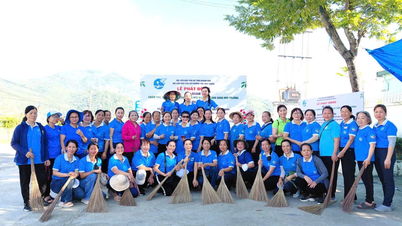





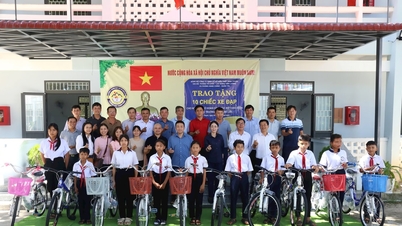
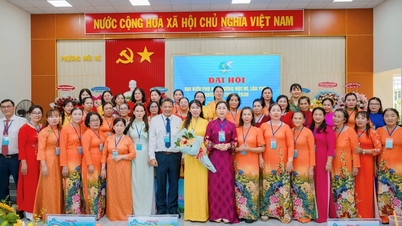
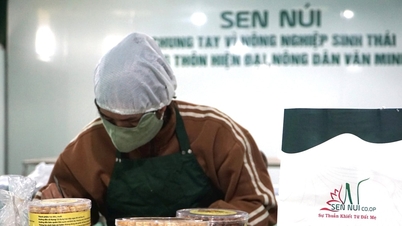
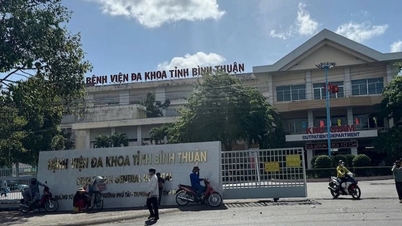

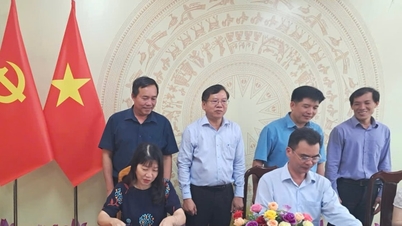
![[Infographic] Notable numbers after 3 months of "reorganizing the country"](https://vphoto.vietnam.vn/thumb/1200x675/vietnam/resource/IMAGE/2025/10/4/ce8bb72c722348e09e942d04f0dd9729)
![[Photo] Students of Binh Minh Primary School enjoy the full moon festival, receiving the joys of childhood](https://vphoto.vietnam.vn/thumb/1200x675/vietnam/resource/IMAGE/2025/10/3/8cf8abef22fe4471be400a818912cb85)















































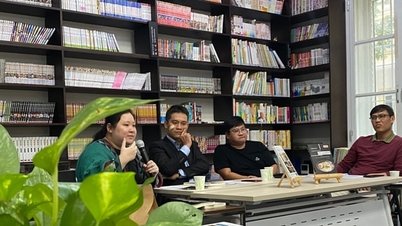



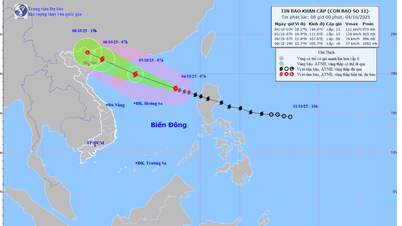

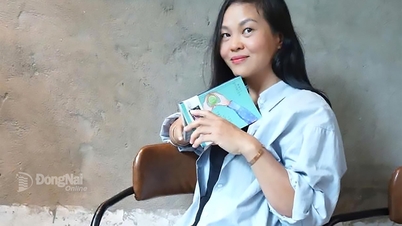









Comment (0)